 Pesticide residue detector
Pesticide residue detector
 Veterinary drug residue detector
Veterinary drug residue detector
 Food safety detector
Food safety detector
 Food additive detector
Food additive detector
 Bacterial and microbiological detector
Bacterial and microbiological detector
 Food pre-treatment integrated machine
Food pre-treatment integrated machine
 Soil and fertilizer nutrient detector
Soil and fertilizer nutrient detector
 Plant Physiology Detector
Plant Physiology Detector
 Water quality detector
Water quality detector
 Meteorological monitoring station
Meteorological monitoring station
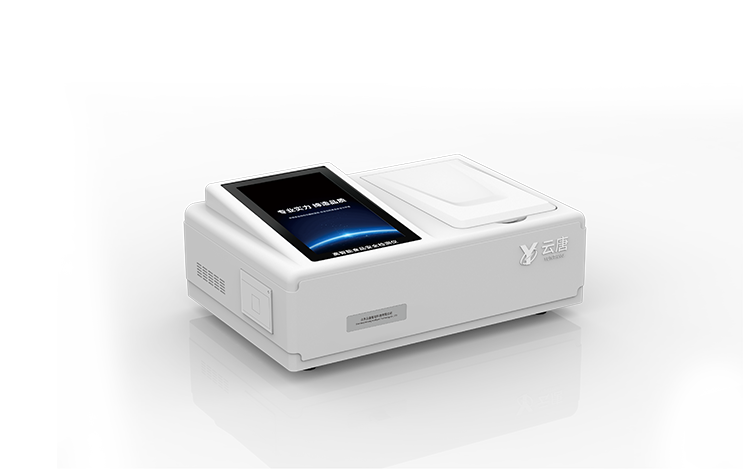
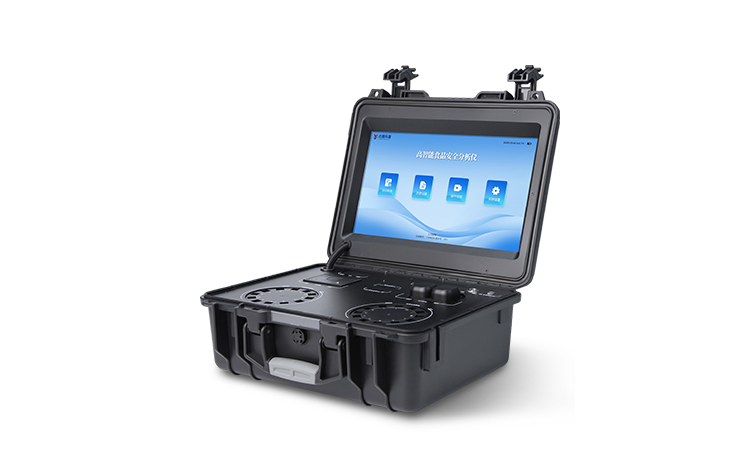
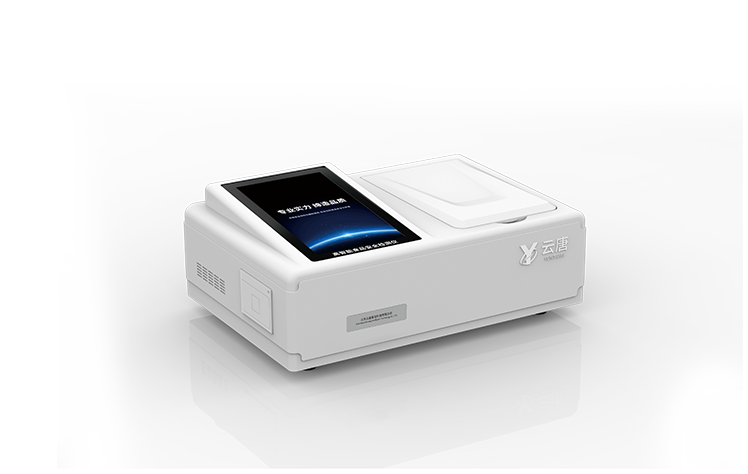
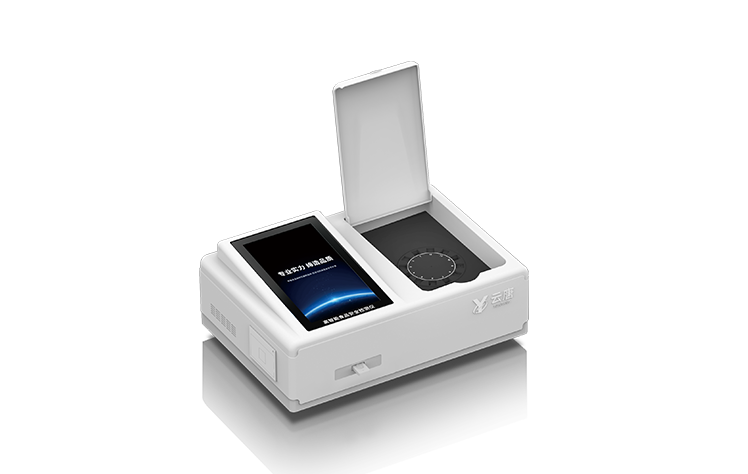
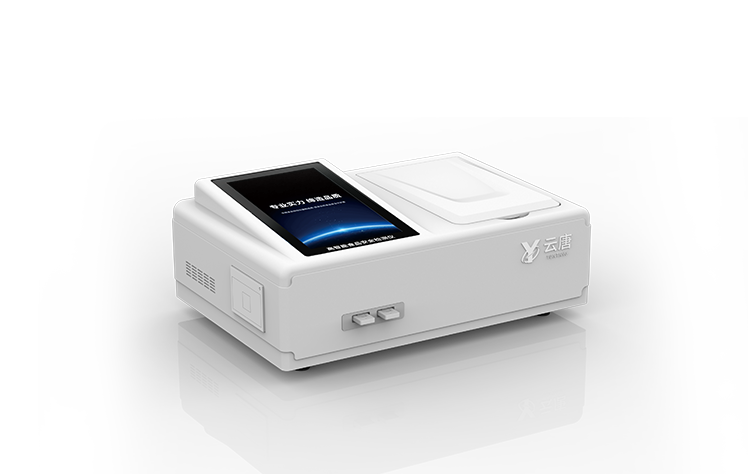
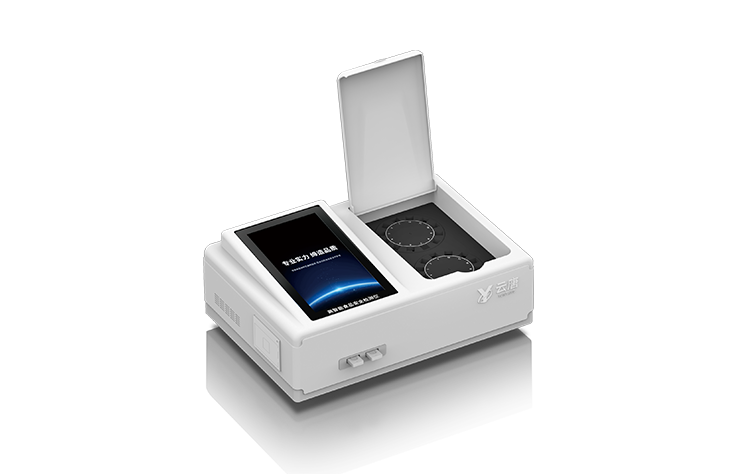
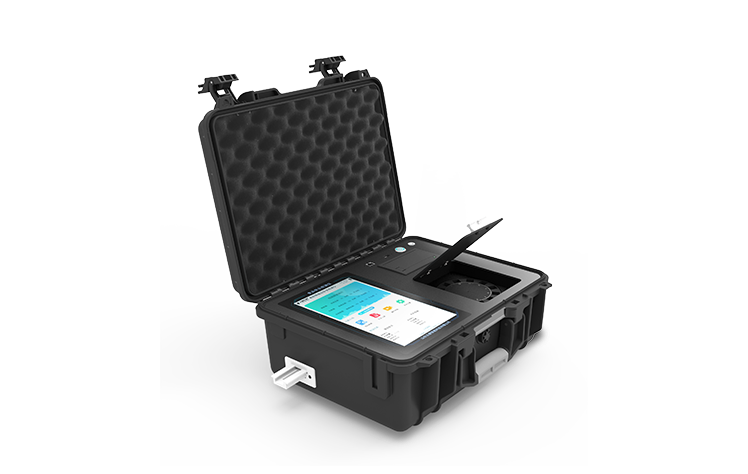
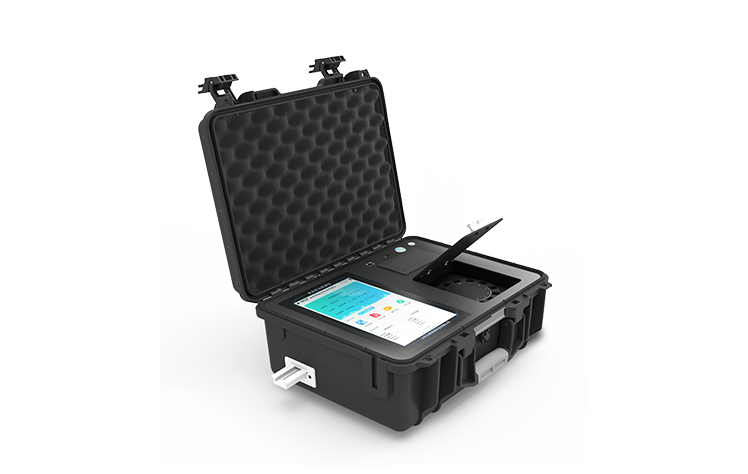


model:YT-GC20
Instrument IntroductionThe plant canopy image analyzer is used for research on various heights of plant canopy. It uses fish eye lenses and CCD image sensors to obtain plant canopy···
 technical support
technical support
Yuntang Technology
One click access to quotation WeChat Scan Code Add Technical EngineerWhatsApp:+86 18866361895
WeChat:+86 17865361250
Email:yuntang@foxmail.com
closeDetails
Picture and Text Introduction
Related Cases
Instrument Introduction
The plant canopy image analyzer is used for research on various heights of plant canopy. It uses fish eye lenses and CCD image sensors to obtain plant canopy images. Through specialized analysis software, relevant indicators and parameters of plant canopy are obtained. The use of fisheye lens imaging to measure plant canopy data can be done only once, simplifying the complex work of traditional measurement methods that require multiple measurements at a fixed point in a day. Moreover, using image method to measure canopy can actively avoid gaps in the canopy that do not meet the calculated structural parameters, and can also avoid obstacles that do not meet the measurement calculation.
Testing Principles and Methods
The plant canopy image analyzer adopts the principle of correlation between canopy porosity and canopy structure. It is based on the Beer's law of light passing through a medium to weaken. Under a series of assumptions defined for the plant canopy, a semi theoretical and semi empirical formula is used to calculate the canopy structural parameters through the measurement of canopy porosity. This is the principle commonly used by various canopy instruments around the world. Based on the above principles, the plant canopy image analyzer adopts the method of analyzing and measuring canopy porosity in the lower hemisphere of the canopy. This method is the most accurate, labor-saving, time-saving, and convenient among various methods.
Structural composition
The plant canopy image analyzer consists of a fish eye image capture probe (consisting of a fish eye lens and CCD image sensor), a measuring rod (rocker arm) with 25 built-in PAR sensors, a laptop, image acquisition and analysis software, and a high-capacity rechargeable battery pack. The fisheye probe is installed at the top of a very light rocker arm and can capture fisheye images from a 150 ° angle of view. The display and storage of images are completed by a configured laptop computer.
Functional characteristics
The fisheye lens can automatically maintain a horizontal state: a small fisheye camera lens specially designed for measuring plant canopy structure is installed on a handheld universal balance joint, which can automatically keep the lens in a horizontal state without the need for a tripod;
The fisheye lens can be extended into the canopy: the lens is installed at one end of the rocker arm, and due to its small size and equipped with a measuring rod, it can be easily extended horizontally or vertically to different heights of the canopy, quickly conducting layered measurements, and measuring the vertical distribution of light transmittance and leaf area index within the population;
Image analysis software: Image analysis software can define image analysis areas arbitrarily (zenith angle can be divided into 10 areas, azimuth angle can be divided into 10 areas).
Unreasonable canopy parts can be shielded: When conducting regional analysis on different directions of the canopy, the terrain scene and unreasonable canopy parts (such as missing plants, edge row problems, etc.) can be arbitrarily shielded. The selection of starting and ending angles for different zenith angles can avoid canopy pore conditions that do not meet the calculation criteria for the structural parameters of the canopy. By manually adjusting the threshold, parameters such as leaf area index can be measured more accurately;
Measurable indicators
leaf area index
Average blade inclination angle
Sky scattering light transmittance
Direct radiation transmittance of plant canopy at different solar altitude angles
The extinction coefficient of the canopy at different solar altitude angles
Azimuth distribution of leaf area density
Main technical parameters of the instrument
Lens angle: 150 °
Resolution: 768 × 494pix
Measurement range: The zenith angle can be divided into ten regions from 0 ° to 75 ° (150 ° fisheye lens), and the azimuth angle of 360 ° can also be divided into ten regions
PAR induction range: induction spectrum 400nm~700nm
Measurement range 0-2000 μ Mol/㎡ • S
Analysis software: Plant Crown Analysis System
Power supply: 8.4V rechargeable lithium battery pack
Probe size: diameter 6cm, height 10cm
Total weight: 500 grams (excluding laptops)
Transmission interface: USB
Working temperature: 0-55 ℃

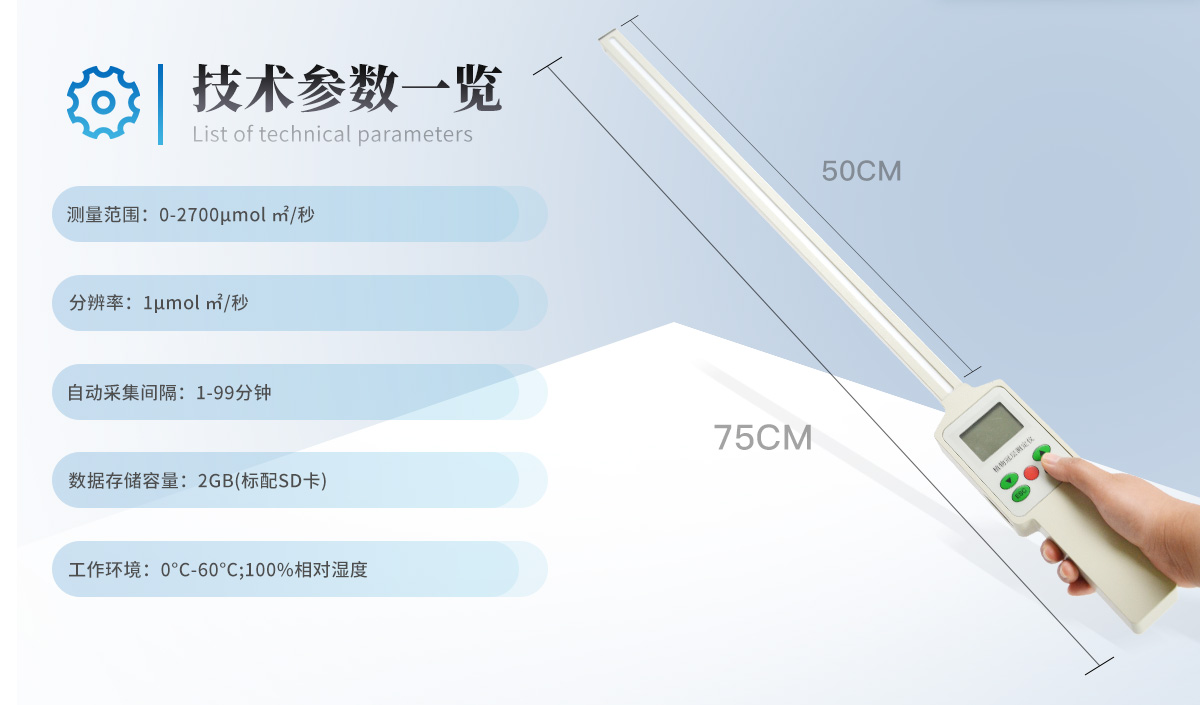
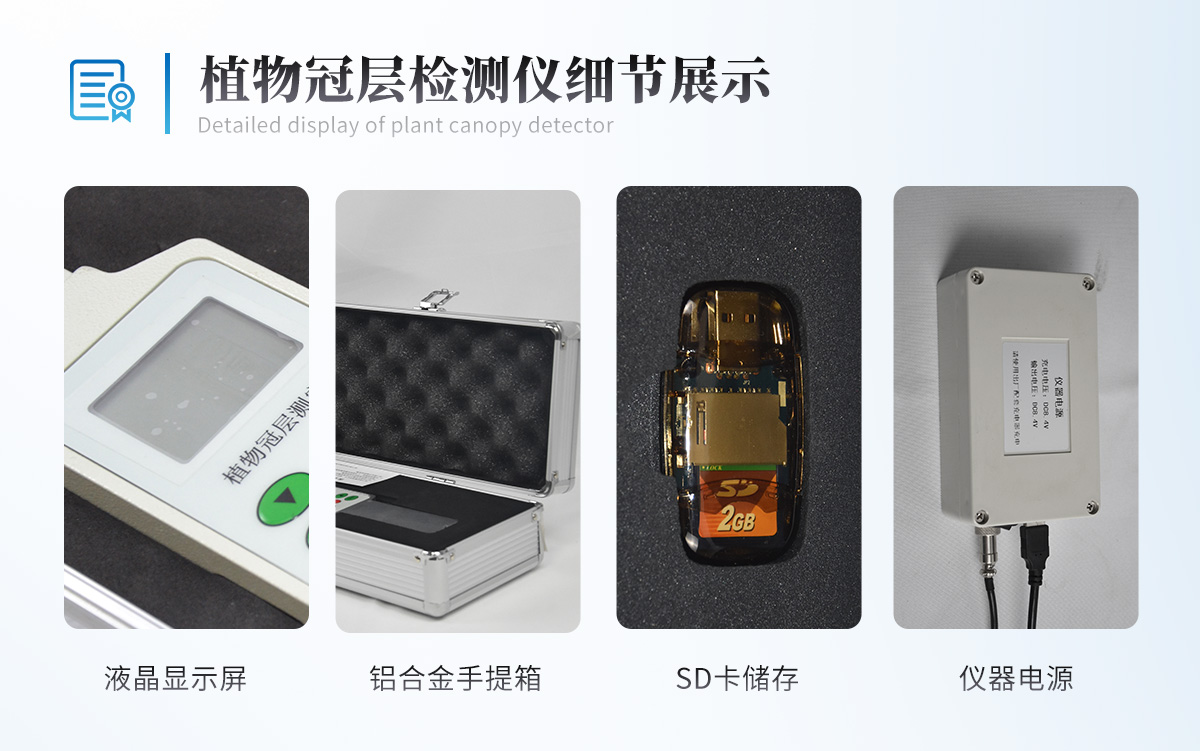
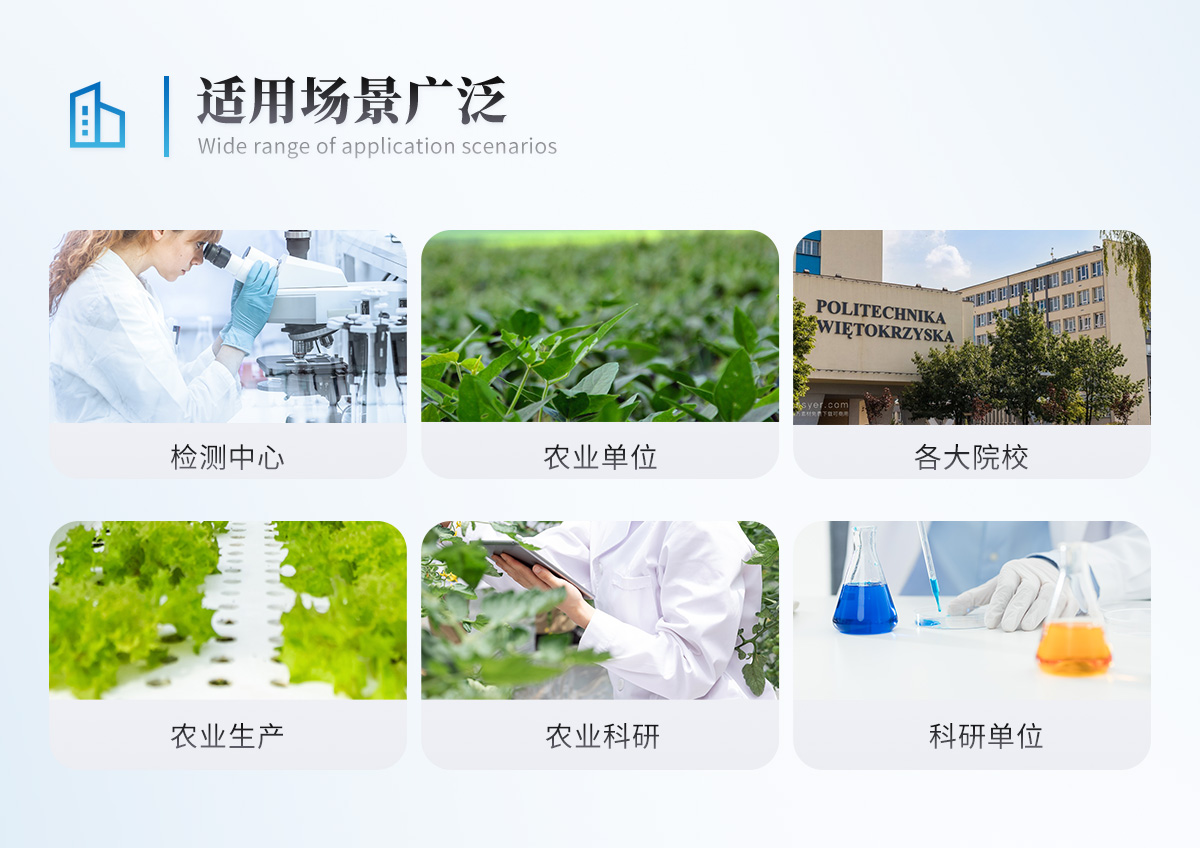
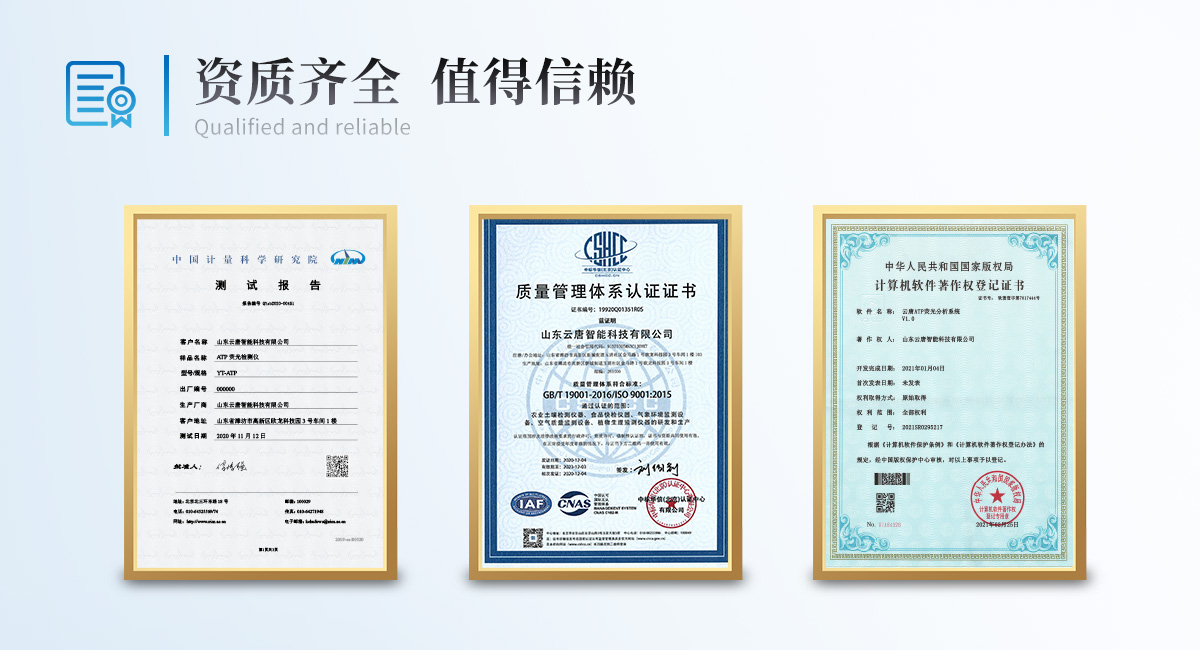
WeChat:+86 17865361250
WhatsApp:+86 18866361895
Email:yuntangzhineng@foxmail.com
Copyright @ 2019-2022 Shandong Yuntang Intelligent Technology Co., Ltd All Rights Reserved. Copyright Source manufacturer of pesticide residue detector, food detector, bacteria detector
 WeChat
WeChat
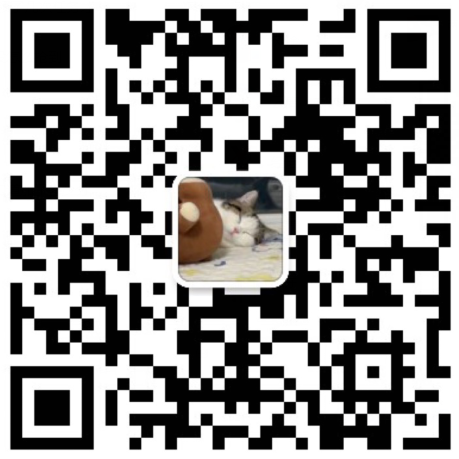







TOP
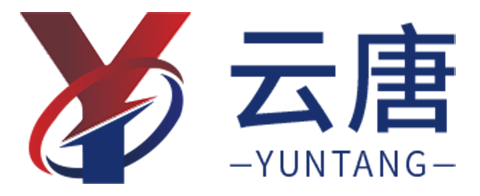 Leave us a message
Leave us a message